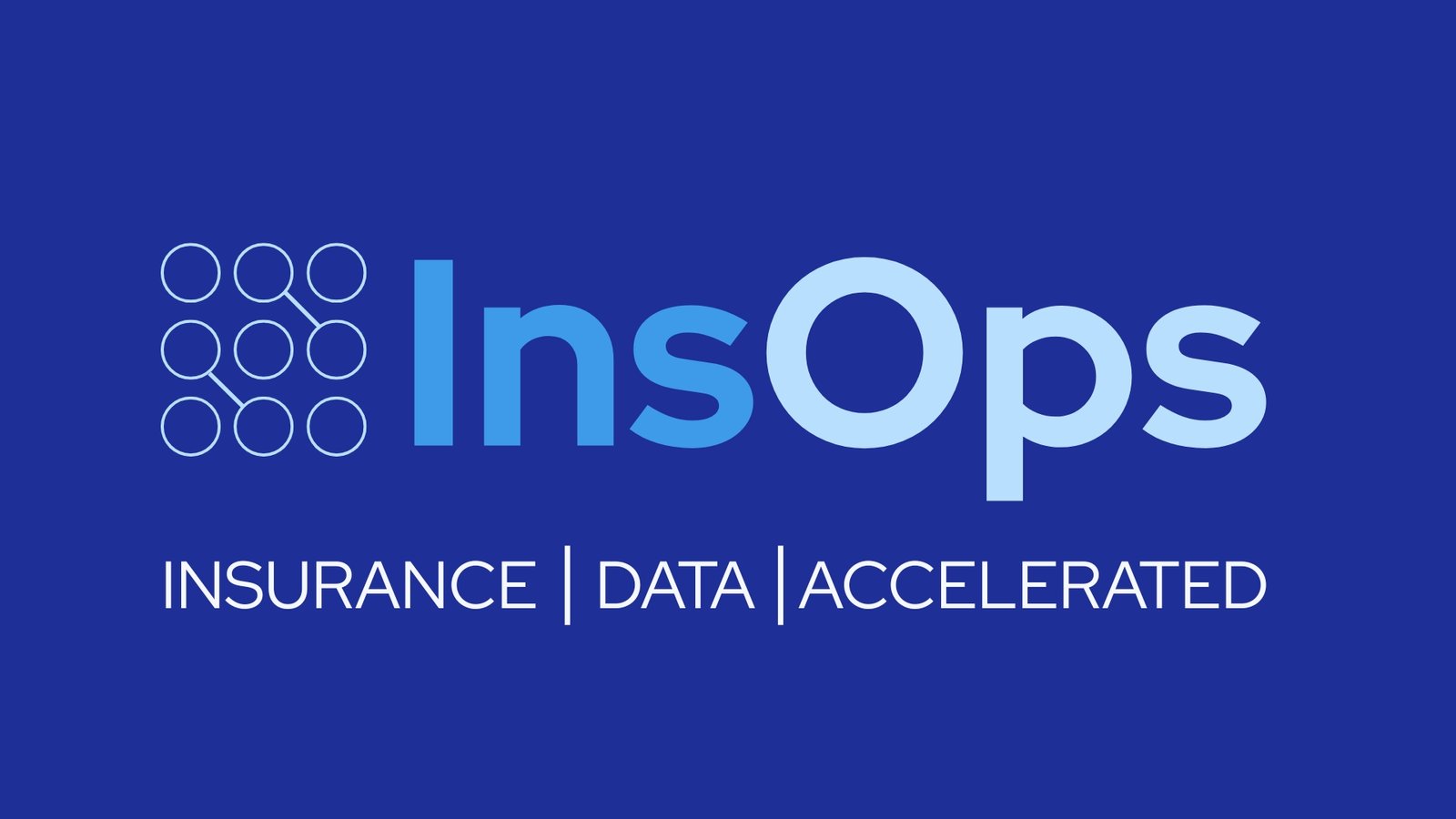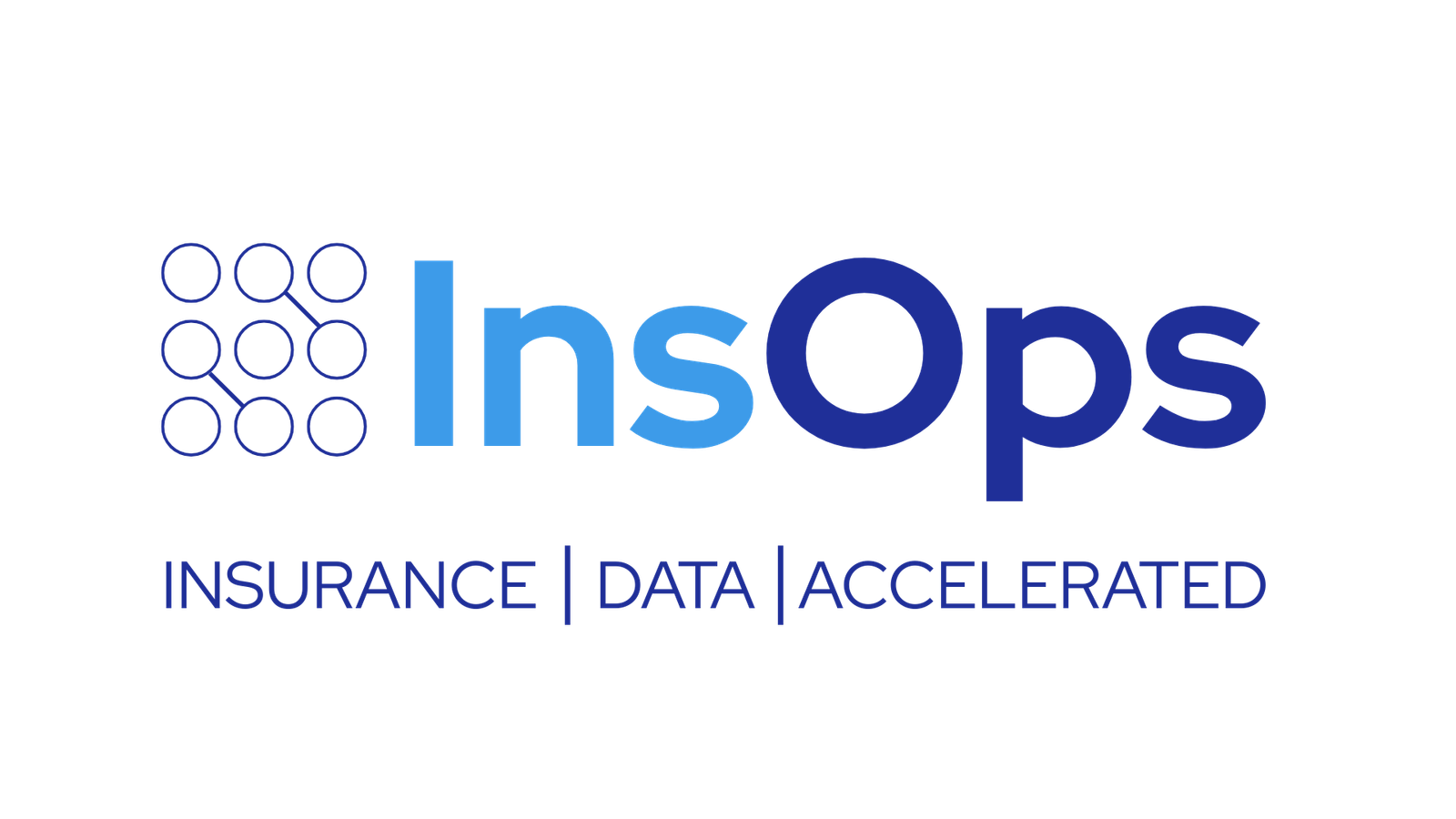Why Guidewire Migrations Take 14 to 48 Months and How to Halve That Time
Many insurers assume that migrating to Guidewire Cloud will take 14 to 48 months. But that doesn’t have to be the case.
In this post, we’ll explore why these timelines have become the norm, identify the root causes of delay, and show how smart automation and factory-based delivery models are helping insurers cut that time in half without sacrificing quality or compliance.
The 18-Month Problem: Why Traditional Migrations Drag On
Guidewire migrations have a reputation for being long, complex, and expensive. It’s not because insurers lack urgency it’s because traditional methods are riddled with friction. Here’s a deeper look at what drags these projects out:
1. Manual ETL Pipelines Are Slow and Costly
Traditional migrations depend heavily on ETL (Extract, Transform, Load) processes that are custom-built for each source and target system. These pipelines require extensive planning, development, and testing before a single record can be moved. Because legacy systems are often inconsistent and poorly documented, engineers must spend significant time understanding source data structures. The result is a fragile and rigid process that’s time-consuming to set up and difficult to adapt as new issues or requirements arise.
2. Mapping Takes Too Long and Breaks Often
Legacy insurance systems rarely align cleanly with modern platforms like Guidewire. Fields are named differently, business logic varies by line of business, and hierarchical structures don’t translate 1:1. In most cases, mapping is done manually using spreadsheets and tribal knowledge, with limited automation or tooling support. This manual process is error-prone and must be repeated or reworked with each iteration. Additionally, insurers often reinvent the mapping process with every project due to a lack of reusable frameworks or models.
3. Data Quality Issues Surface Too Late
In conventional migration projects, data validation is often treated as a final step that’s performed only after the bulk of data has already been extracted, transformed, and loaded. This linear approach means that data issues like inconsistencies, missing values, or logic gaps are discovered late in the cycle, when fixing them requires rework across multiple systems. Moreover, data profiling is often minimal at the start of a project, so teams don’t have a clear picture of data quality risks until they’re already deep into execution.
4. Reconciliation Is Manual and Error-Prone
Verifying that migrated data matches the source system typically involves ad hoc scripts, SQL queries, and spreadsheets. Business and technical teams must manually compare reports and dig into discrepancies, often without standardized reconciliation logic. These efforts are time-intensive and difficult to repeat consistently across iterations. The lack of automation or tooling makes reconciliation a bottleneck that slows sign-off and introduces risk at the go-live stage.
In short, most projects inherit an outdated structure and mindset. Without a shift to modern tools, agile processes, and integrated teams, migration efforts stall. That structure pushes timelines to 12, 15, even 18 months.
How Insurers Are Cutting Migration Time by 30 to 50% with InsOps
Forward-looking insurers are flipping the model. They’re replacing slow, manual, and fragmented migration efforts with smart automation and repeatable patterns. Here’s how the most efficient migrations are getting done:
1. ETL-Free Ingestion
Traditional migrations rely on complex ETL (Extract, Transform, Load) pipelines that take months to build. InsOps uses an AI-powered ingestion engine that bypasses this entirely. It can:
- Automatically extract relevant fields
- Recognize data formats
- Begin processing data within days instead of weeks
2. Automated, Insurance-Specific Data Mapping
Mapping legacy data to Guidewire’s model is typically slow and manual. InsOps uses:
- AI-trained models to auto-suggest mappings based on previous migrations
- Prebuilt templates and a robust Insurance Data Model to cover 80%+ of common mappings
This reduces months of effort to just a few weeks.
3. Iterative Data Cleansing and Validation
Instead of waiting until the end to validate everything, InsOps:
- Applies AI-driven rules to cleanse and standardize data as it’s ingested
- Continuously compares outputs against expected Guidewire formats
- Identifies errors early through automated checkpoints
This allows parallel progress across Policy, Claims, and Billing tracks without data quality setbacks.
4. Reconciliation Automation
Rather than manually reconciling source and target data, InsOps uses:
- AI tools to automatically compare record-level details
- Anomaly detection to catch mismatches
- Real-time dashboards for faster stakeholder review
5. Scalable, Repeatable Infrastructure
Once set up, the InsOps platform enables:
- Faster spin-up of new migrations (e.g., multiple LOBs, M&A transitions)
- Continuous learning across migrations to improve speed and accuracy over time
Proof Our Model Works: We Helped Golden Bear Halve Their Migration Time
In 2024, Golden Bear Insurance needed to retire their 40-year-old AS/400 claims system. Working with InsOps, they:
- Used ETL-free ingestion to migrate data in phases, starting with open claims.
- Validated 99%+ data accuracy through iterative testing.
- Retired the legacy system and completed full migration in just 6 months.
This wasn’t a scaled-down project. It included legacy data consolidation, system integration, and historical claims going back a decade. The key? Automation-first execution and parallel validation cycles.
How Golden Bear Retired 40 years of Legacy Data 3x faster with InsOps


From AS/400 to AI-Ready in 4 Months: Golden Bear’s Modernization Journey
The Bottom Line
Guidewire migrations don’t have to take 18 months. With the right approach—automation-first, business-aligned, factory-driven insurers can complete end-to-end transitions in 6 to 9 months. The difference isn’t more resources. It’s smarter execution.
Ready to move faster?
Schedule a FREE consultation with InsOps to explore how we can accelerate your Guidewire migration without the risk.
Frequently Asked Questions
Why do traditional Guidewire migrations take 14–48 months?
Traditional migrations follow linear, waterfall-like processes with heavy manual labor—code reviews, data mapping, and compliance testing. These phases operate in silos and delay resolution of cross-functional dependencies
How does InsOps reduce migration timelines by up to 50%?
InsOps applies automation-first strategies, including AI-powered code remediation, domain-aware data mapping engines, automated testing, and a factory-based delivery model. These accelerate each phase and enable concurrent workstreams without sacrificing compliance.
What makes InsOps different from traditional system integrators?
While traditional partners rely on manpower-heavy execution, InsOps delivers a modern, data-driven model focused on speed, accuracy, and agility. Our ETL-free data ingestion engine, prebuilt accelerators, and iterative validation cycles create a scalable, low-risk migration path.
Can InsOps handle complex legacy systems like AS/400?
Yes. Our recent success with Golden Bear Insurance, where we migrated a 40-year-old AS/400 system in just 6 months, demonstrates our ability to manage legacy complexity, ensure data integrity, and complete migrations with zero downtime.
What role do insurers play during the migration?
InsOps integrates closely with business, compliance, and IT stakeholders from day one. Business users validate data iteratively, ensuring that go-live decisions are informed, not rushed.

